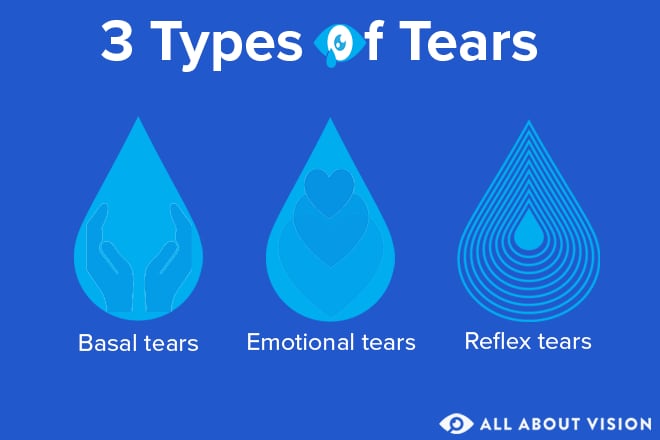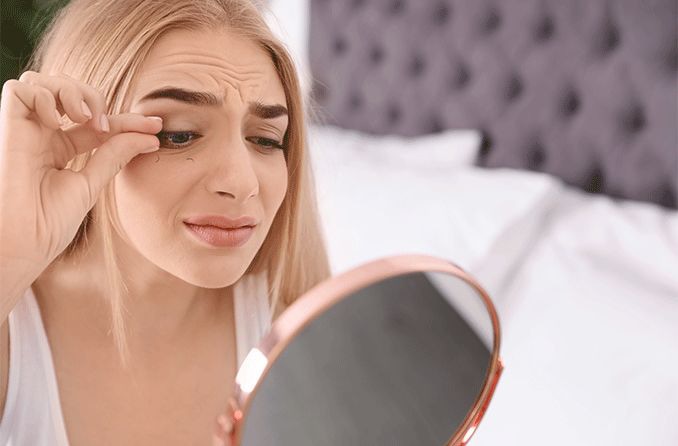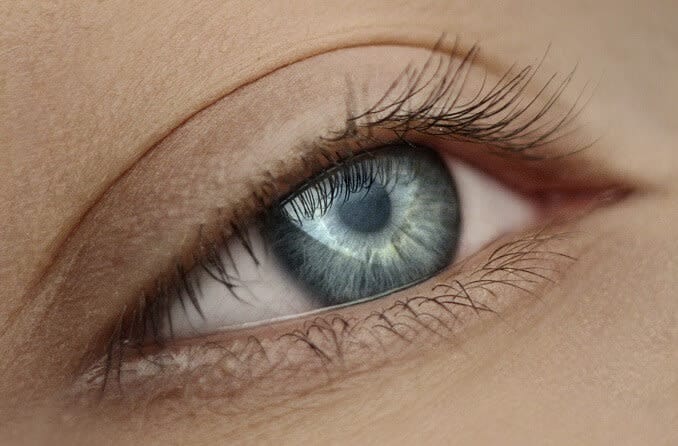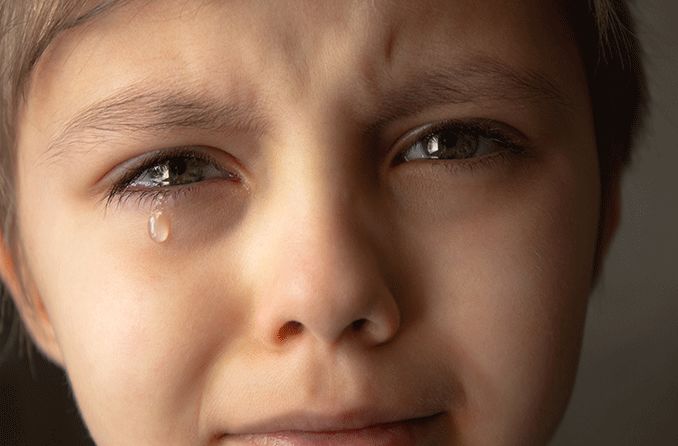Crying may have a negative connotation in some societies, but tears are quite important to the human body. Tears provide a natural way to cleanse and protect the surface of the eye. Crying also provides relief from both physical and emotional stress.
Why and how do we cry?
Crying is the body’s natural way of relieving stress and protecting the surface of the eyes. The process can relieve physical and mental pain, and keep things clean by rinsing particles that land in your eyes. Furthermore, tears provide a protective barrier to the eye’s surface.
Tears form at the tear gland. They then travel from the gland to the tear ducts, and finally to the surface of the eye. This crying journey is important for vision in a number of ways and is beneficial under several circumstances.
SEE RELATED: Can I cry while wearing my contact lenses?
Types of tears we cry
Humans cry for many reasons, including physical pain, emotional circumstances and as a reflex to debris that enters the eye.
But not all tears are created equal. There are three types of tears that we produce. This includes the following:

Basal tears are designed to protect the cornea and keep your eyes nourished and moist. They’re in your eyes at all times to shield and protect them from dirt and debris.
Emotional tears occur in response to emotional triggers, such as gloom, happiness, fear and more.
Reflex tears are the tears you cry when something such as dust, dirt, smoke or other particles enter your eye. These tears help to rinse the harmful fragments away.
Each type of tear is important for your health. Here are five reasons why:
5 reasons why crying is good for your health
There are several benefits of crying, whether due to physical or psychological pain and needs. Here are five of the greatest benefits that come from shedding tears:
1. Tears provide a protective barrier for the eyes
Though not your “traditional crying,” the variety of tears called basal tears are very important to the foundation of eye health. Basal tears are present in your eyes at all times to protect the cornea (the surface of the eye).
These tears cleanse your eyes every time you blink, which is important to prevent debris from entering the eyes. It also keeps the eyes moisturized and nourished.
Tear film, which covers the surface of the eye, is also vital to transport oxygen and nutrients to the eyes.
2. Crying rinses dirt and debris from your eyes
While basal tears do a good job at keeping impurities out, sometimes debris can still get in — especially in dusty or sandy environments.
Crying can help rinse the eyes of these irritants, which is important in order to prevent discomfort and the risk of eye infections. These tears are believed to contain a large amount of antibodies to protect against bacteria.
And you don’t always need to make yourself cry in order to get the debris out — the body produces reflex tears to push the impurities out. (If you’ve ever gotten a piece of dirt or an eyelash stuck in your eye, or inserted a contact lens inside-out, you may have noticed your eyes start to tear up on their own.)
SEE RELATED: What are tears made of?
3. Tears help prevent dry eye
A healthy amount of tears is vital to preventing and combating dryness in the eyes. This is because of the moisture barrier that tears provide to the surface of the eye.
In some cases, a person may not produce enough tears, or the tears that they do produce are not functional. This causes a condition called dry eye syndrome. Dry eye syndrome is very common and easily treated.
Those who do have dry eye syndrome may experience blurred vision, light sensitivity, or a feeling of scratchiness or burning. These symptoms are often treated with remedies such as artificial tears or ointments to help keep eyes moist.
SEE RELATED: Dry eyes: How to get relief (medications, drops and more)
4. Crying releases hormones that ease pain
Crying is more than skin-deep. The hormones known as oxytocin and endogenous opioids are released as you cry, offering the body a natural way to ease the pain from physically or mentally stressful situations.
If you’ve ever been overwhelmed or felt extreme pressure at work or home, you may have the urge to cry. And when you act on this urge, it can help you by releasing all the tension you have been holding onto.
5. A “good cry” renews your emotions
If you’ve ever had a friend encourage you to get in a “good cry,” it’s actually for good reason. As the body holds in stress, it craves a release from undesired emotions. You can achieve this release in several ways — through exercise, meditation and other self-soothing activities. But a good cry can serve you well, too.
The cathartic release helps you regulate your emotions and can boost your mood. To take advantage of this perk, try watching an emotional movie or TV show, or reading a sentimental book.
From an outside perspective, researchers have also found that crying can bring people closer together — and that people may be more likely to trust a person who is emotional than one who is not.
Embracing your tears
Crying is a natural way to soothe strong emotions, rinse the eyes of impurities and relieve physical and mental stress. Though it can be construed as a weakness in some cultures, shedding tears is actually very beneficial to your mental and physical health, including the health of your eyes and vision.
It’s important to note that your body may need more relief than crying alone. For example, if you find yourself in constant states of emotional exhaustion, stress or pain, you may need to seek help from a medical professional.
Contact an eye doctor if you suspect that you may have an eye infection or particles in your eyes that your tears can’t wash away. Be sure to also make an appointment if you experience excessive watering or a lack of tears in your eyes.
READ NEXT: All about onions, your eyes and how to turn off the tears









